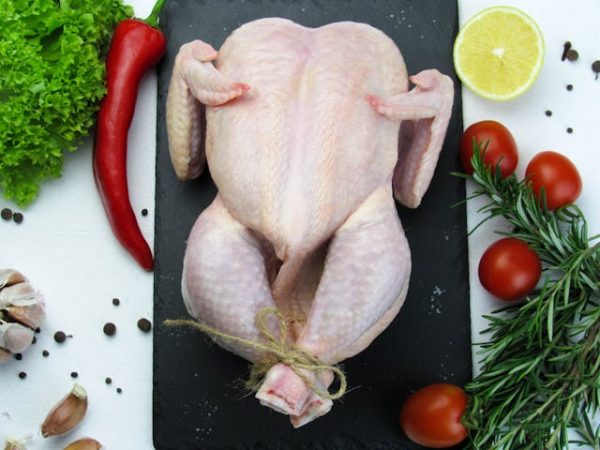
Salmonella is one of the most common causes of foodborne illness in the United States, resulting in thousands of hospitalizations each year. By understanding how this dangerous bacteria contaminates food and spreads you can start to learn how to protect yourself and your loved ones. Common sources of Salmonella are frequently found in both homes and commercial kitchens, making it essential to know how to prevent these germs from causing infection. Learn the top causes of Salmonella contamination and why identifying the symptoms of Salmonella is crucial for your health so that you can avoid infection through proper food handling, cooking, and hygiene practices.
Common Sources of Salmonella Contamination
Salmonella comes from a few commonly seen sources. Knowing what might expose you to this illness is the best way to take preventative action. The three most common contaminants include:
- Raw Poultry and Meat: Raw or undercooked chicken, turkey, and beef are among the most notorious carriers of Salmonella as this bacteria can survive on the surface of raw meat and even inside it, so cooking thoroughly is essential. Using a food thermometer to ensure internal temperatures reach 165°F for poultry and 160°F for ground beef is critical for safety.
- Eggs: Eggs can be contaminated with Salmonella even before the shell forms around the yolk, meaning eggs must be cooked until both the white and yolk are firm to ensure safety. Recipes using raw or lightly cooked eggs, like homemade mayonnaise or cookie dough, can pose a risk to your health.
- Unwashed Produce: Fruits and vegetables can harbor Salmonella from contaminated soil or water with leafy greens, in particular, being prone to contamination. Washing produce under running water before consumption is crucial, especially if it’s meant to be eaten raw.
Naturally, the above contaminants are common household ingredients and food bases which are often unavoidable. That’s why knowing how to prepare each item successfully so that no Salmonella exists is crucial.
How Cross-Contamination Spreads Salmonella
Coming directly into contact with Salmonella on a piece of meat is not the only way you may potentially be exposed. Cross-contamination is a significant way that Salmonella can spread in the kitchen and happens when bacteria from raw meat, poultry, or eggs are transferred onto other foods, surfaces, or even utensils. For example, if you cut up raw meat on a cutting board and then use that same board for cutting vegetables, you may have cross-contaminated the latter.
Taking simple measures to reduce this risk such as using separate cutting boards for raw and ready-to-eat foods, as well as cleaning all utensils and surfaces thoroughly after coming into contact with contaminants, can help prevent illness. Also, don’t forget to wash your hands thoroughly after preparing a meal to further prevent bacteria from being spread to other foods or surfaces.
Preventative Measures to Take in the Home
Nobody wants to come down with an awful case of Salmonella-induced food poisoning which is why learning preventative tips can help. Utilize the following three tips to reduce your risk of sickness:
- Proper Food Storage: Safe food storage plays a crucial role in preventing Salmonella so refrigerate perishable items like meat, eggs, and dairy as soon as possible to keep bacteria from multiplying. Store raw meat separately from other foods to avoid cross-contamination.
- Safe Cooking Practices: Always use a food thermometer to ensure meats reach the recommended internal temperatures. Poultry should be cooked to 165°F, while ground beef should reach 160°F. Eggs should be cooked until both the yolk and white are firm and slow-cooked or reheated dishes should also be checked with a thermometer to ensure safety.
- Thorough Washing Techniques: Rinse produce under running water, even if you plan to peel it as this helps wash away dirt and potential bacteria. Leafy greens can be particularly tricky so consider removing the outer leaves and rinsing the rest carefully.
If you plan to dine out rather than dine in, be mindful of Salmonella risk as well. Avoid ordering dishes that may have raw or undercooked ingredients such as sushi or runny eggs if you are very concerned. If you are unsure how a dish will be prepared, don’t hesitate to ask your server for clarification. Also, make a note of the cleanliness of all restaurants you dine at to determine whether or not their standards meet your expectations.
Avoid foodborne illness today
Preventing Salmonella contamination requires key vigilance and good food safety practices. By understanding how this bacteria can spread and by applying proper cooking, storage, and hygiene techniques, you can significantly reduce the risk of infection. Share all of these essential safety measures with your friends and family to promote healthier food-handling practices for everyone in your life.

